You will undoubtedly have heard me enthuse about the shrub Hydrangea paniculata ‘Vanille Fraise’.
It is a comparatively new summer flowering variety with beautiful creamy cones of flowers which gradually turn pink by about this time of year.
I was so looking forward to our plant, which had been covered in white flowers for several weeks, transforming into a sea of pink but the other day, I suddenly realised that there had been a dramatic change in the situation.
The flowers had GONE.
There was not a sign of a pink petal. In my view, there can only be one reason for that – drought.
Our plant is in an east-facing border with trees immediately behind but the shade has never had any effect on the plant, methinks that this year the drouthy trees have taken more than their fair share of available moisture.
I do believe we are going to be faced with more situations like that as the years go on – a symptom of changing climate.
Conserving moisture
As a result we gardeners will have to look at ways to change our gardening methods to combat the problem.
In other words, we will have to learn to conserve moisture in a combination of ways.
Without a doubt, the first move is to pay more attention to the soil. We mustn’t just accept that only sandy soils are vulnerable to drying out because they have poor ‘water-holding capacity’.
Many others are suffering too.
Organic matter
The basic answer to the problem is to begin to incorporate more organic matter such as well-made garden compost, composted timber scraps and farmyard manure, all known to absorb and hold moisture.
Some of us who garden on light soils may well have adjusted the plantings to suit or have already dealt with the problem.
How? As I say, by incorporating plenty of bulky organic material into the soil then backing that up by mulching, using the likes of wood chips to reduce the loss of moisture by evaporation from the soil surface.
If your garden plants are suffering, rest assured, the problem is not going to go away.
Come the next growing season, just remember that Boy Scout motto – be prepared.
What about installing a sprinkler system?
At one time that would indeed, have been the simple answer but not now.
I am happy to condone the use of the odd watering can-full applied to establish a row or two of seedlings likely to die off rather quickly for lack of water – so long as it is applied in the cool of the morning or second best, late in the evening when the immediate loss to evaporation is negligible.
As it happens, the shock of not seeing pink flowers on our Vanille Fraise is mitigated by another plant no more than two yards away – it comes in the ‘must see’ category too but this herbaceous perennial is really in the ‘stoater’ class.
Not only could you describe the foliage as being handsome but the flower spikes reaching to head height are a delight too.
I am referring to Acanthus spinosus, sometimes given the common name ‘Bear’s Breeches’, I know not why but it is obviously quite at home under the same conditions as the Viburnum. It takes all sorts.
Tomato plants
In the greenhouse, I have started de-leafing my tomato plants, a couple of leaves at a time.
For new growers, I mean starting from the bottom up but not cutting them off, simply snapping them off because they come away from the main stem at the join, with the wound healing quite naturally.
I am taking out the side shoots, to encourage fruiting from trusses on the main stem.
All that said, I am rather disappointed with the fruit – plenty of it but large and wrinkled, mind you, the flesh has a lovely flavour.
I normally choose one of the older varieties like Ailsa Craig or Moneymaker but I decided to take the best plants on view when I went looking.
They were labelled Alicante which I have grown before but the results are not what I expected.
Wrongly labelled perhaps.
I have started feeding weekly with a high potash fertiliser and so far, the plants are looking OK but I just wish they would ripen a little more quickly.
Onions
My final tip this week is for those of you who are growing onions from sets, perhaps for the first time.
In the next week or two, break the leaf stems over to touch the ground just above the bulb.
This will start the maturing process by reducing the uptake of moisture.
The next move towards the end of the month will be to ease the bulbs up to break off the roots – leaving them in situ to continue ripening naturally before fully harvesting in early September.
This process will ensure that the ripened bulbs will store safely over the winter months.
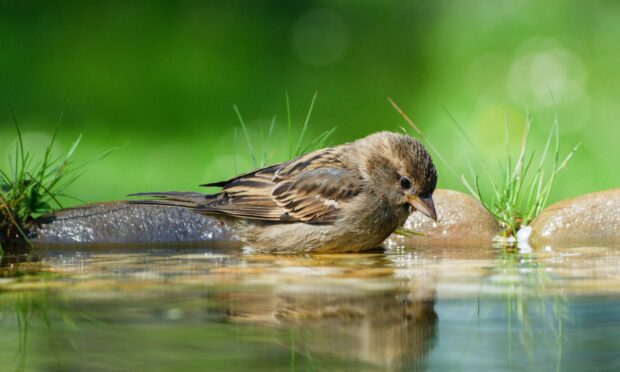
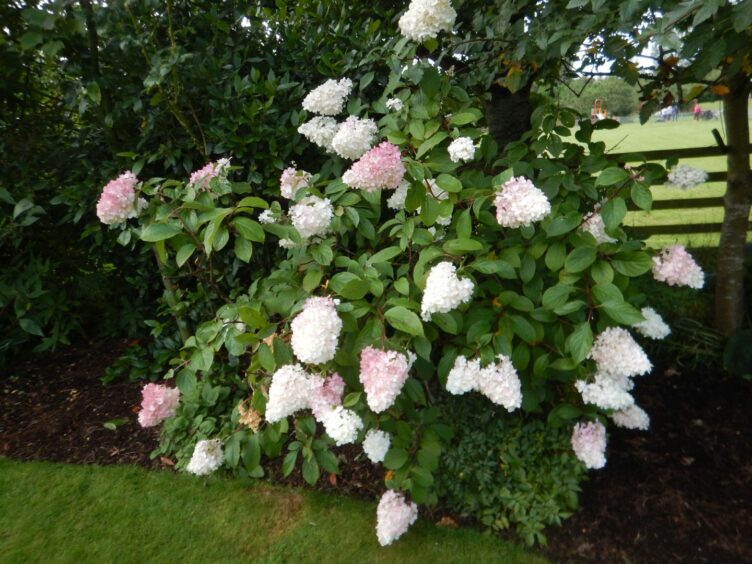
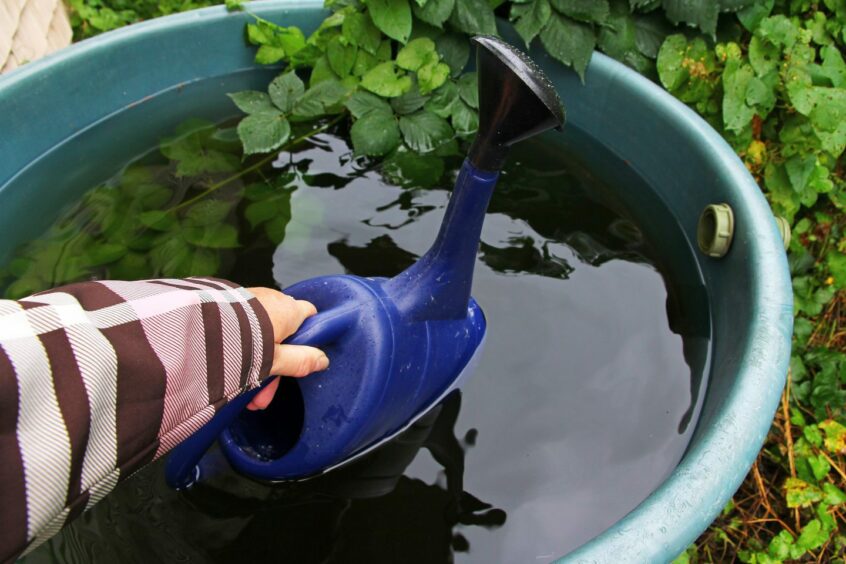
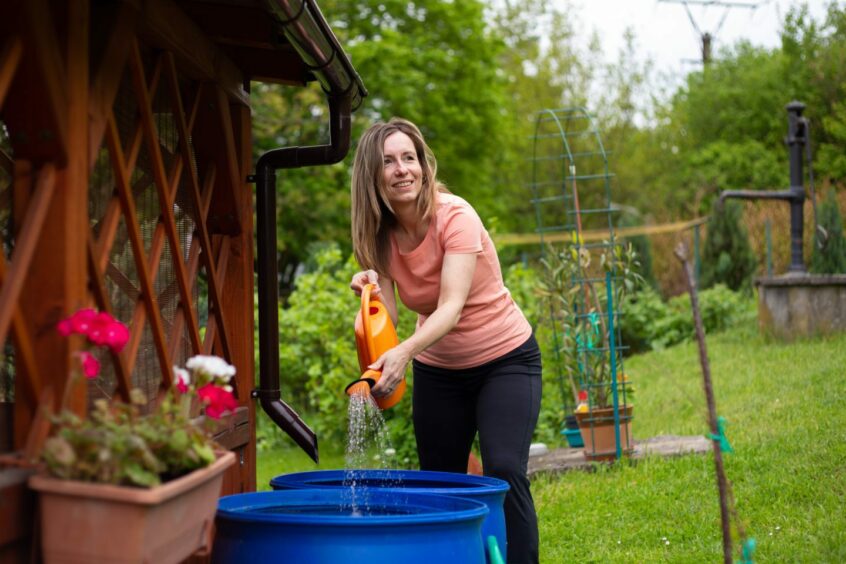
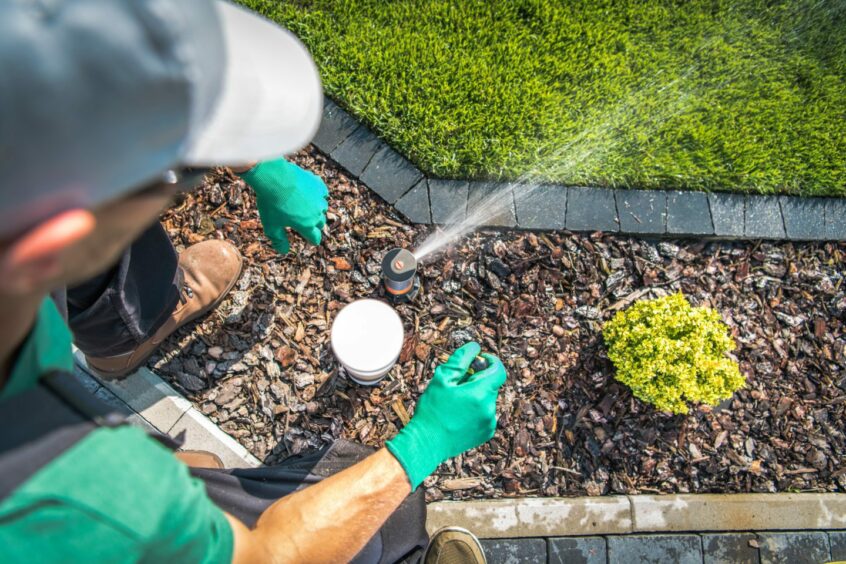
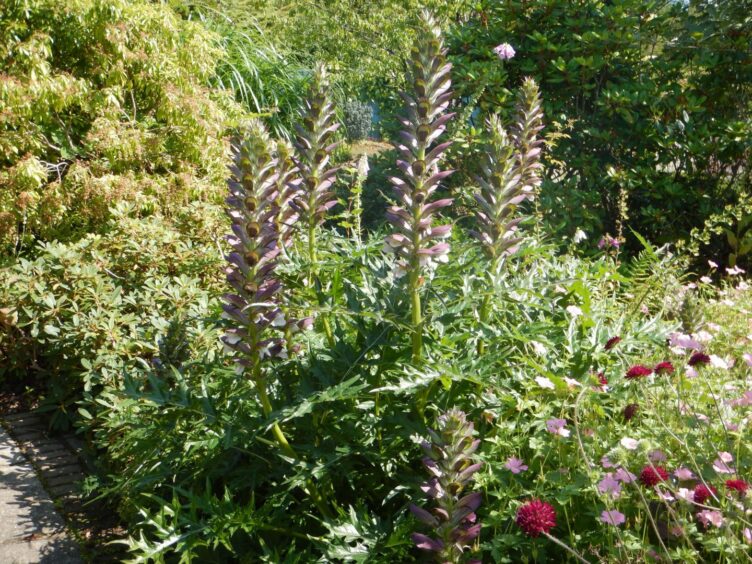
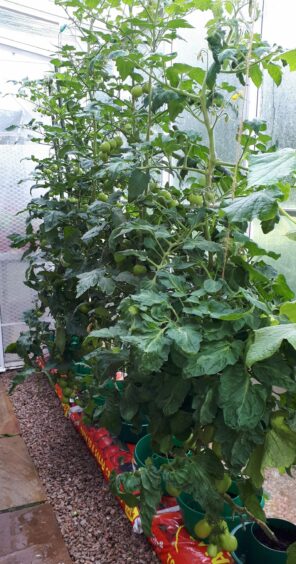
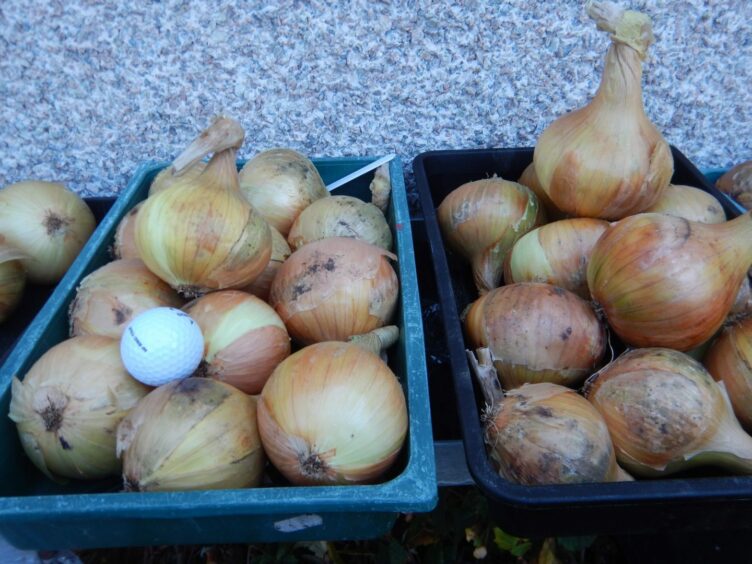
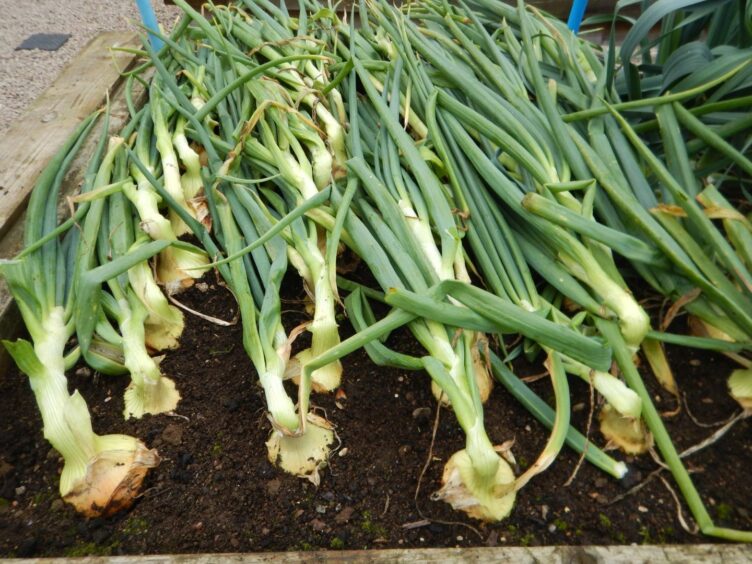










Conversation